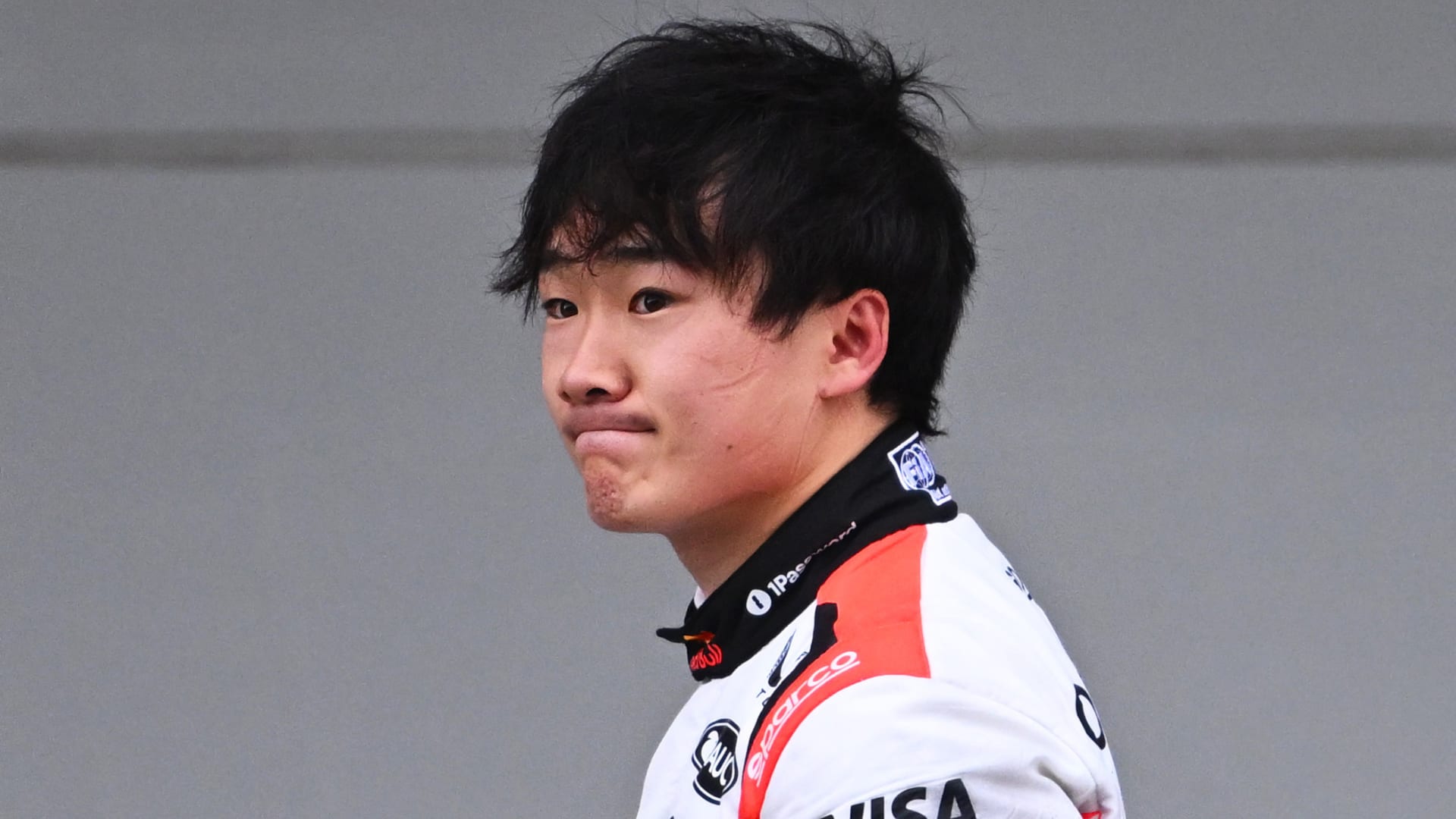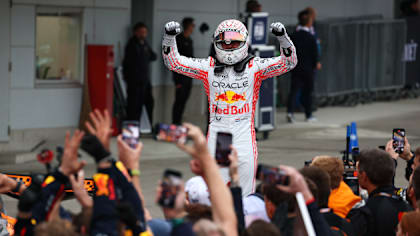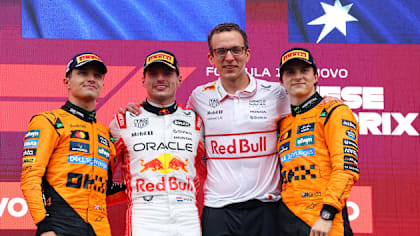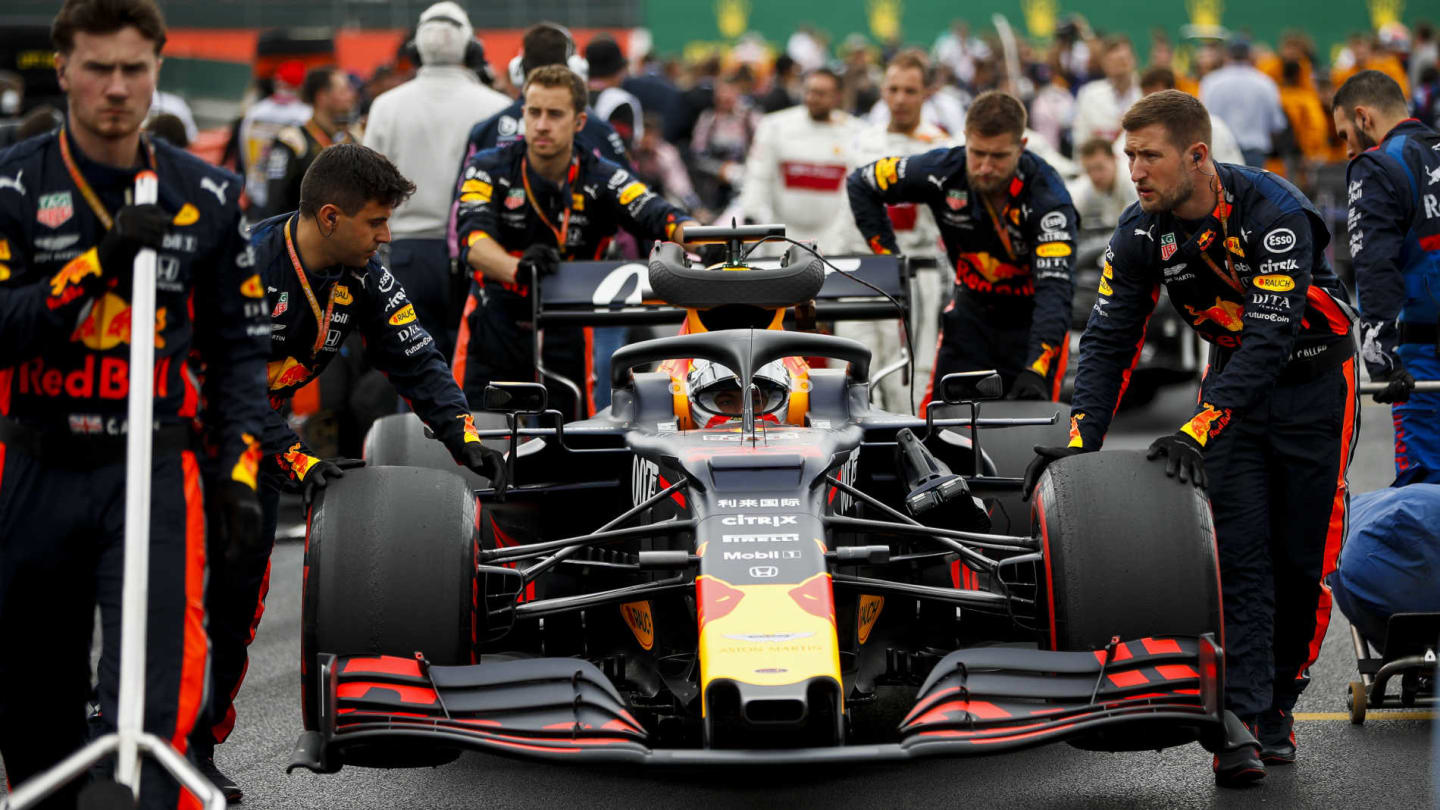
Technical
TECH TUESDAY: The tiny change that is pushing Red Bull closer to pole

Share

Although Silverstone did not give as spectacular a result for Red Bull as their victory in Austria, Max Verstappen’s best qualifying lap for the British Grand Prix was, in percentage terms, the closest the car has been to pole position all season.
Coming straight after the Austrian win, it confirms not only the progress being made by Honda with the upgraded motor introduced in France, but also a significant aerodynamic breakthrough made by the team.
Verstappen reports that since the new front wing in Austria, he finally has a car that feels connected up between front and rear, which can carry the entry speed through the whole corner without the previous rear instability.
The visual changes between the old wing and the new are tiny, but disproportionally significant, and are similar to those which made for a big improvement on the Mercedes earlier in the season, in Spain. The two key changes are a small profile change at the inboard end of the elements and a reshaping of the endplate, with a downward sweep of its upper edge for the rear two-thirds of its length.
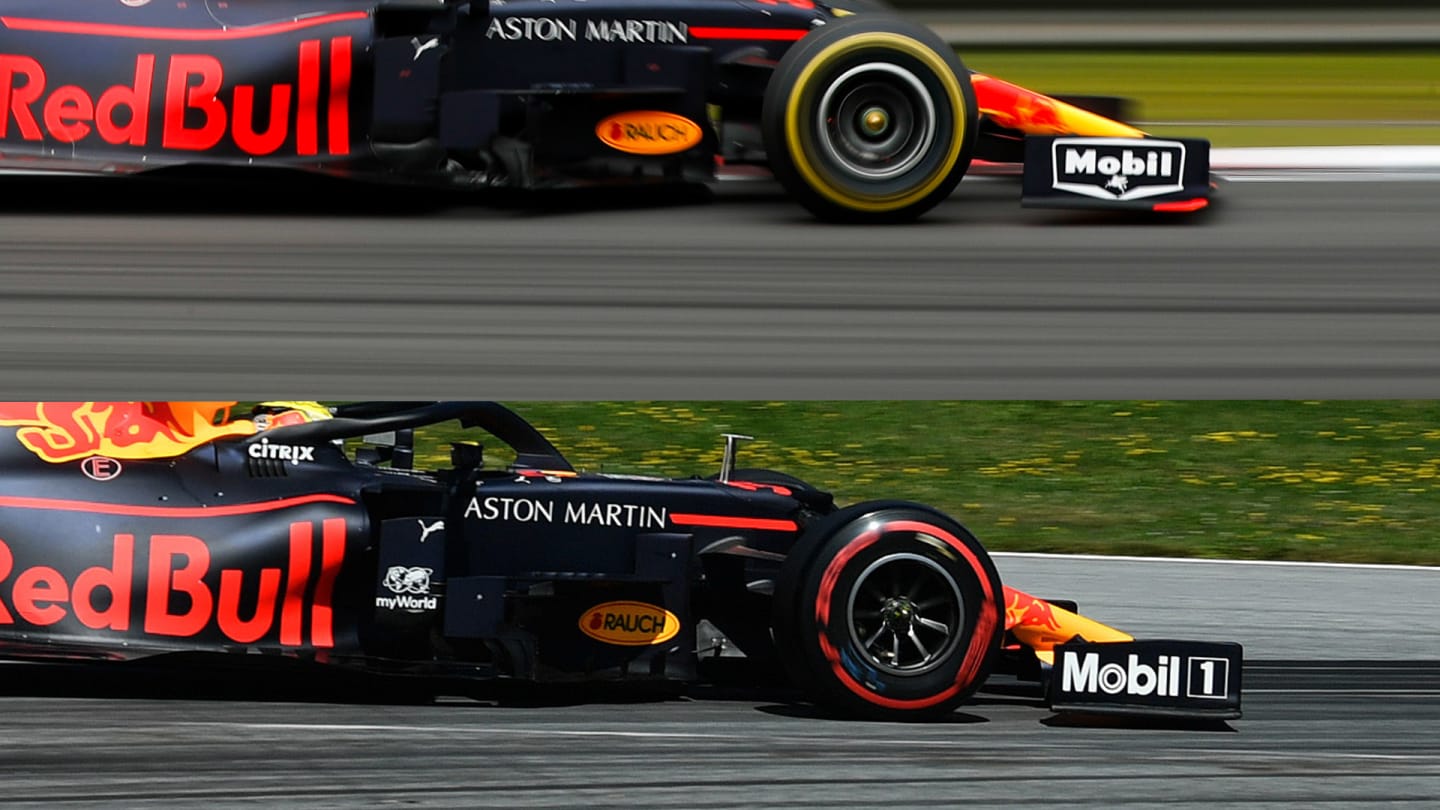
Top: Verstappen's front wing in China. Bottom: Verstappen's updated front wing in Austria.
In combination, these changes seem targeted at increasing the airflow feed to the barge boards around where there's a tiny cut-out on the third element. This cut-out creates a vortex that speeds up that flow to the barge boards and the reshaping of the profile around there will be to make that vortex stronger. If that airflow doesn’t carry enough energy, it can be difficult to have enough to feed both the underfloor and the body sides. Increasing the power of that vortex may be just enough to get the airflow past a threshold that allows that without compromising either the underfloor or body-side flow.
READ MORE: Why aerodynamic efficiency now rules at Silverstone
The endplate change may be related to the inboard changes. Reducing the height of the endplate wall suggests that the outboard ends of the wing elements were being overloaded and this reduction in the height of the endplate will release some of the pressure on that part of the wing – and use it instead to enhance the outwash around the front wheel.
It could be that the small changes made to the profile of the elements took that pressure at the outboard ends past a threshold of efficiency. There is only so much airflow around the wing to be manipulated and where it’s best directed is determined by pressure resistance.
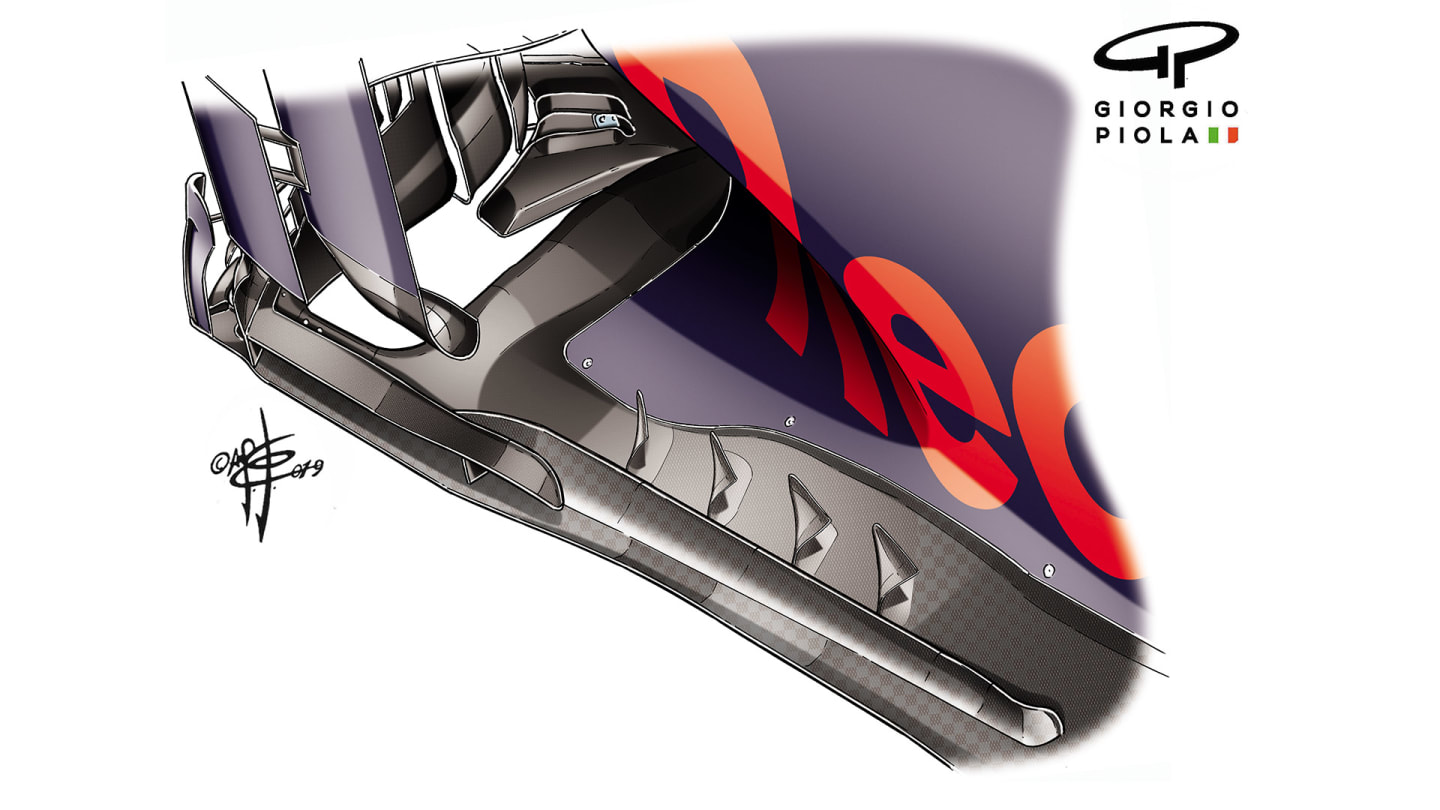
The small vanes on the RB15's floor separate outwash airflow from airflow travelling to the diffuser.
Aerodynamicists try to ensure that the outwash airflow around the wheels remains outboard down the length of the car and doesn’t interfere with that downforce-producing airflow travelling down the sidepods on its way over the top and sides of the diffuser. The small vanes on the outer floor shown in the drawing are helping keep those two flows apart.
Red Bull have traditionally been very strong in building a lot of downforce from the front and underfloor. But the restriction of the under-wing turning vanes to three this year took that advantage away and they have taken this long to claw it back.
But now the breakthrough has been made, stand by for further gains.
Click here for more in-depth technical analysis from Mark Hughes and Giorgio Piola
YOU MIGHT ALSO LIKE
Report Verstappen surges to fourth consecutive Japanese GP victory ahead of Norris and Piastri
News FIA post-race press conference – Japan
News 'That was one of his best laps in Qualifying ever' - Horner lauds Verstappen's incredible Suzuka pole success
News DRIVER OF THE DAY: Tsunoda's your star in first Red Bull outing on home soil
